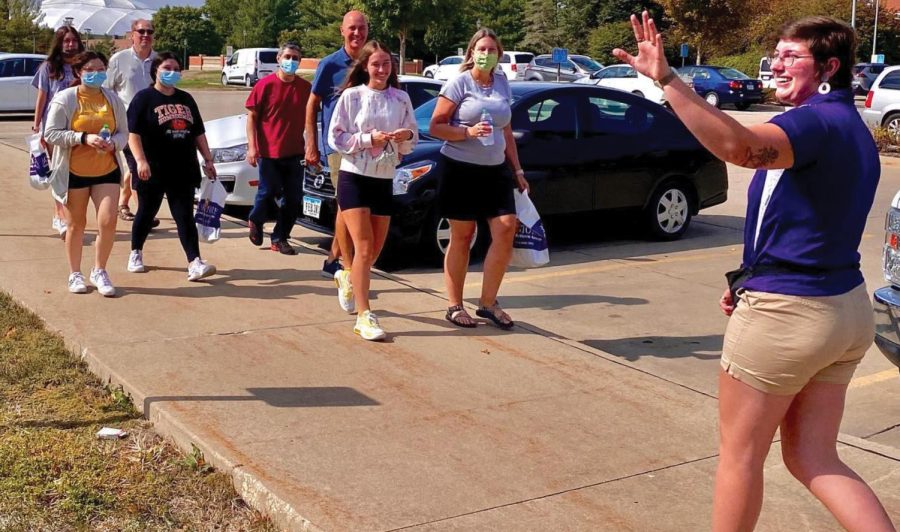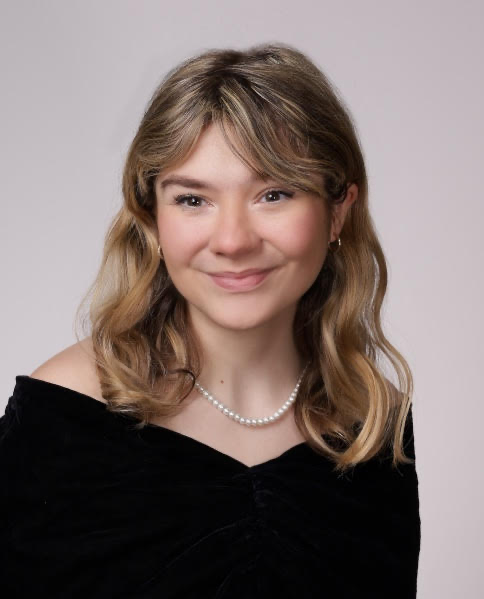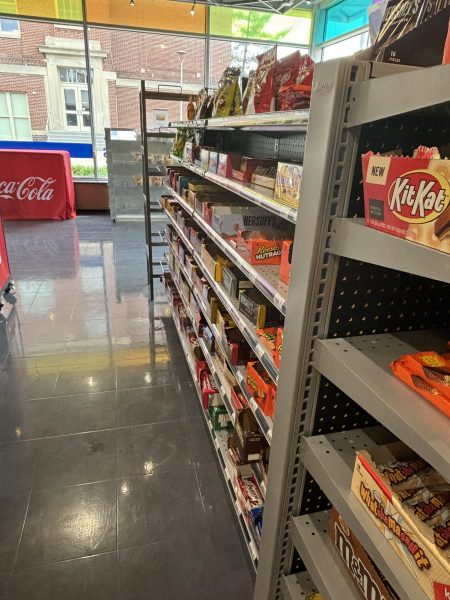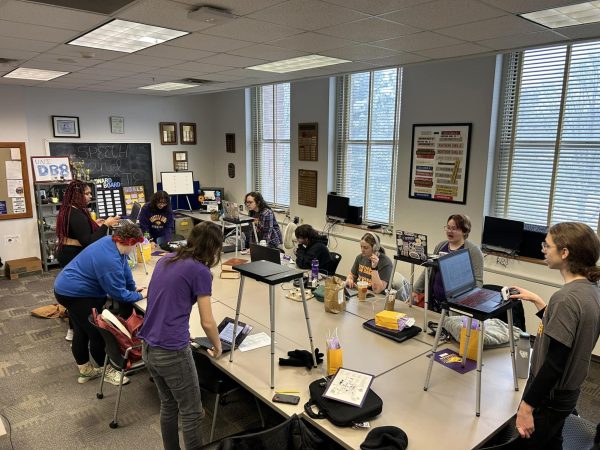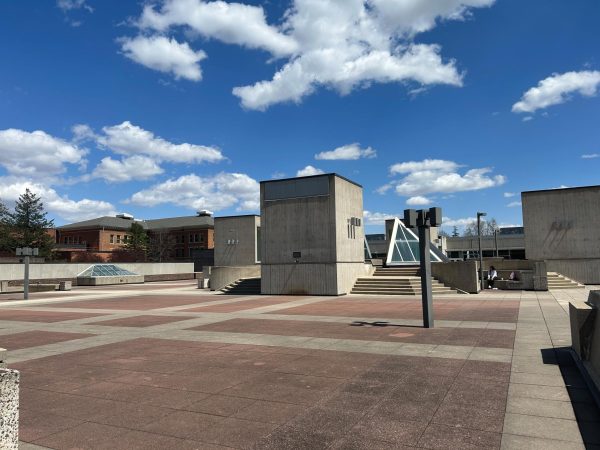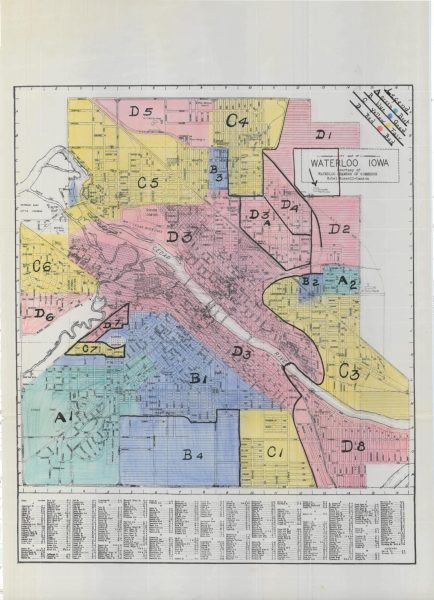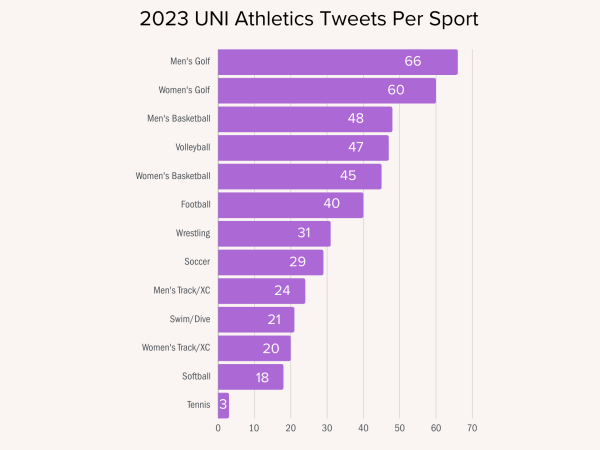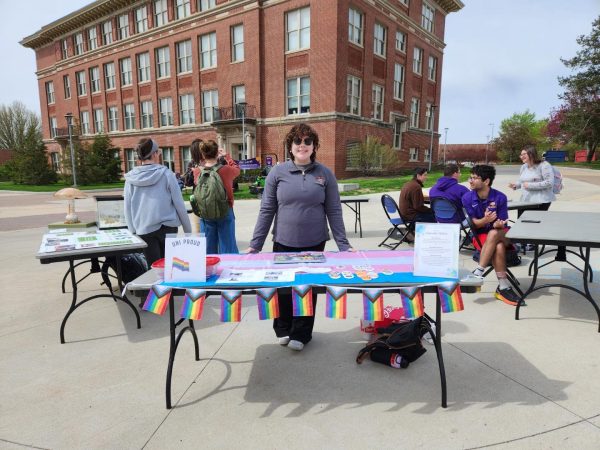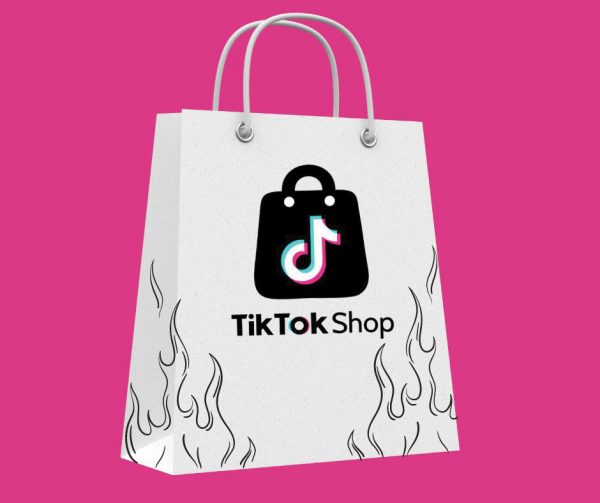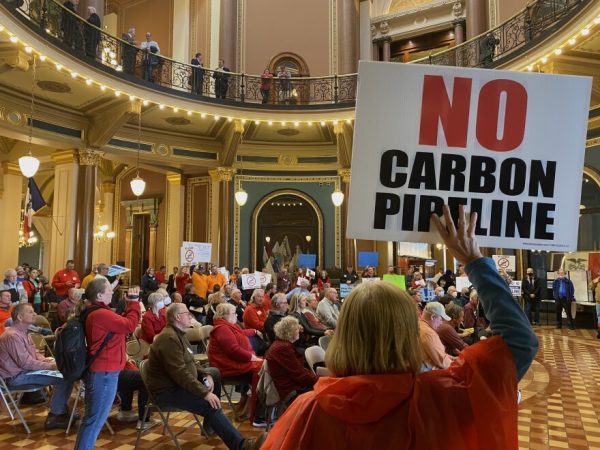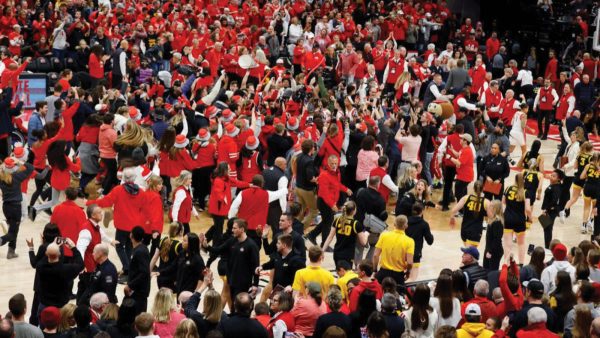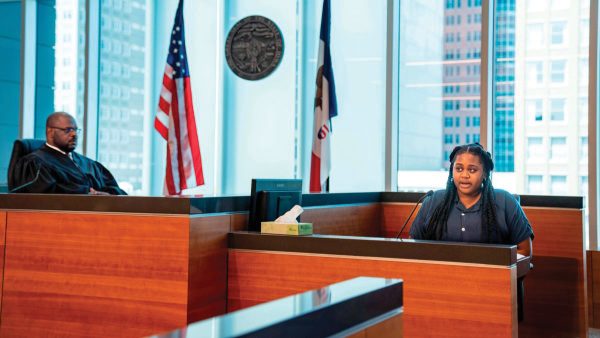UNI needs to compensate SAA
Student Admissions Ambassadors (SAA) have been around since 1987 and ever since served as the “Face of UNI” for departments around campus.
Jan 31, 2022
You see them walking around campus, an army of prospective students and parents trailing behind them, bundled in their winter coats. They are smiling, chatting, pointing. The Student Admissions Ambassadors are the frontline for prospective students. Their tour of the university could make or break whether or not a student decides to attend UNI. So why do they go unpaid?
As of right now, the University of Iowa is the only regent university that pays their campus guides. Amanda Cvitko Quinteiro, the manager of Iowa’s Campus Tour Program, shed some light on the importance of paying students, and paying them well. “We employ about 60-80 students so we have consistent numbers, and everyone is paid $12.50 an hour,’’ she explained. She also gave details about their interview process, explaining that it’s a very competitive process. “Considering we only admit about 30 students to the program during each cycle, it can be very competitive. Students are challenged to show off their personality and energy, because that’s what we look for in tour guides.” Compared to SAA’s admissions process, Iowa’s is rigorous, with a series of interviews and interview cuts.
But, above the interview process, Quinteiro highlighted the importance of paying students, and paying them well. “I know that our dining halls are struggling to find staff, but we had 271 applicants for only 30 positions.” Parallel to UNI’s Housing and Dining employee struggle, Iowa is also barely keeping their head above water. Quinteiro explained the value in paying students well, compared to just paying them. “Compensation shows students that their work is valued at this institution.” Iowa’s Campus Tour Program paints a picture of what could be next for UNI’s Student Admissions Ambassadors.
Where can we find the money to pay SAA?
According to Quinteiro, that’s up to the university itself. “Here at Iowa, our Office of Admissions has carved out funding within their budget to pay our student employees. When it comes to student compensation, it is up to offices to figure out their priorities within their budgets.”
SAA’s impact is very similar to Iowa’s campus guides. They have influenced many prospective students into making their final decision to be at the University of Northern Iowa. People including several alumni and I recognize that UNI places a very important job onto the shoulders of students and decides to recognize them as volunteers. Considering that the enrollment for full time students at UNI has been declining steadily for almost a decade now, it’s almost surprising that the Office of Admissions hasn’t considered paying the students that recruit for them.
In light of President Nook’s very confident projections of an uptick in enrollment as much as 17% in the next five years, relies on SAA in achieving that goal in recruitment. Some may argue that COVID-19 could be to blame for a continual decline in students, but UNI hasn’t seen a rise in overall full time students since 2014, according to UNI’s Fact Book. Nook has said that 50% of the decline in full time student enrollment comes from losses in international students. He also says that making international students feel welcome on campus is a top priority to him, and the rest of the university.
All of this suggests a strong need for recruiters – paid recruiters. Iowa’s depiction of placing value within their student recruitment team through compensation should be a strong indicator to the regent universities of where their priorities should lie, especially within the Office of Admissions.
If UNI wants to meet their very confident projection for 2026, paying the people who have a direct influence on what the incoming class size looks like should take immediate precedence to the university.


